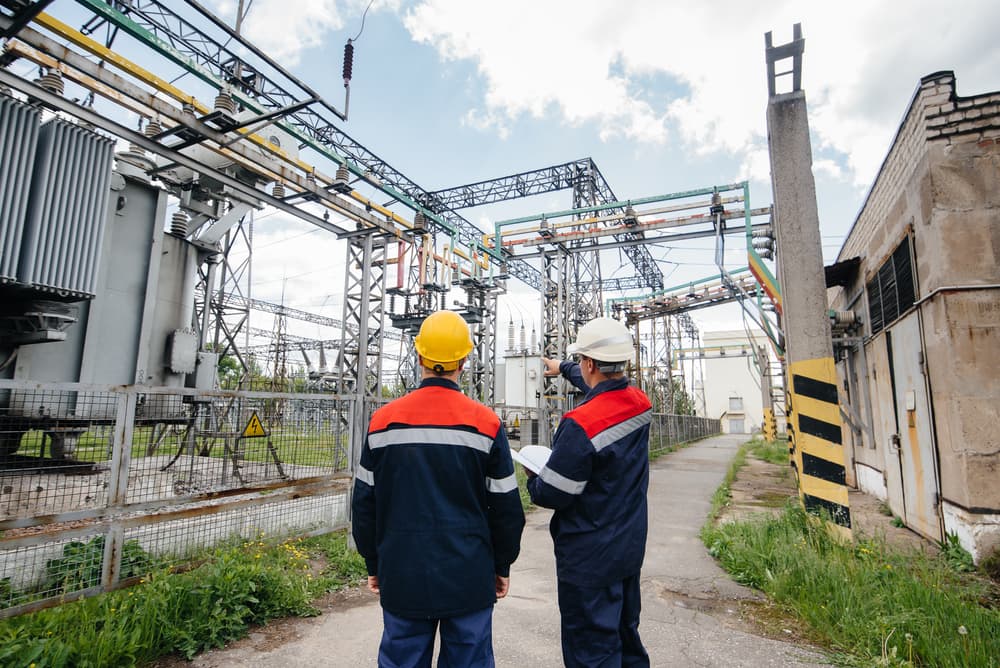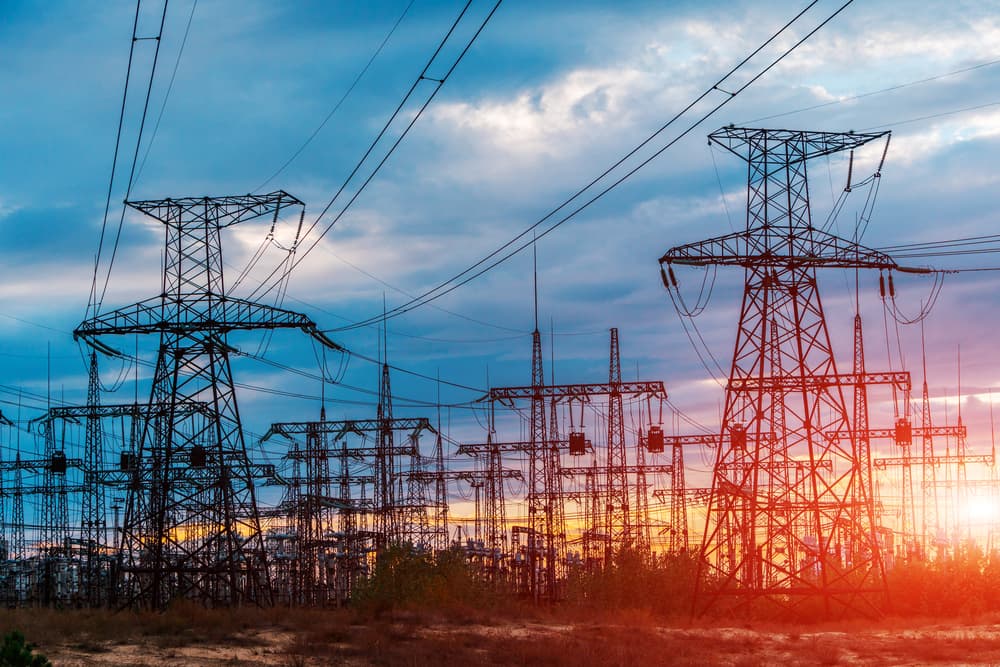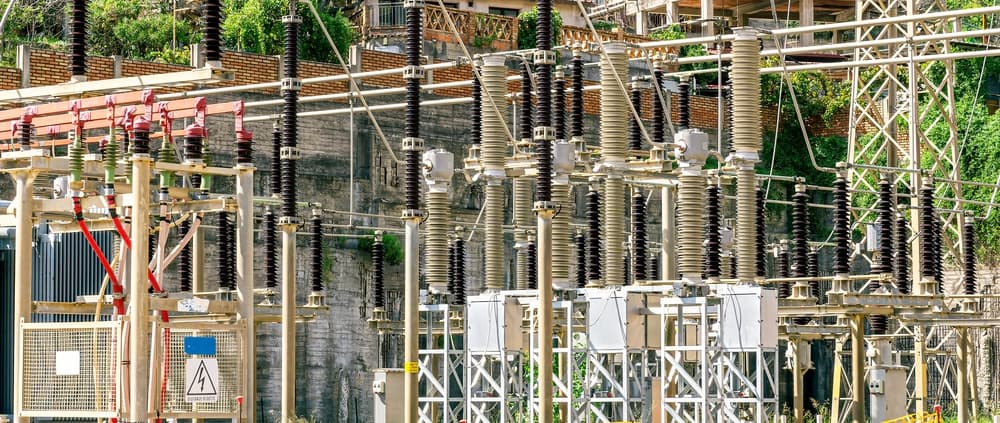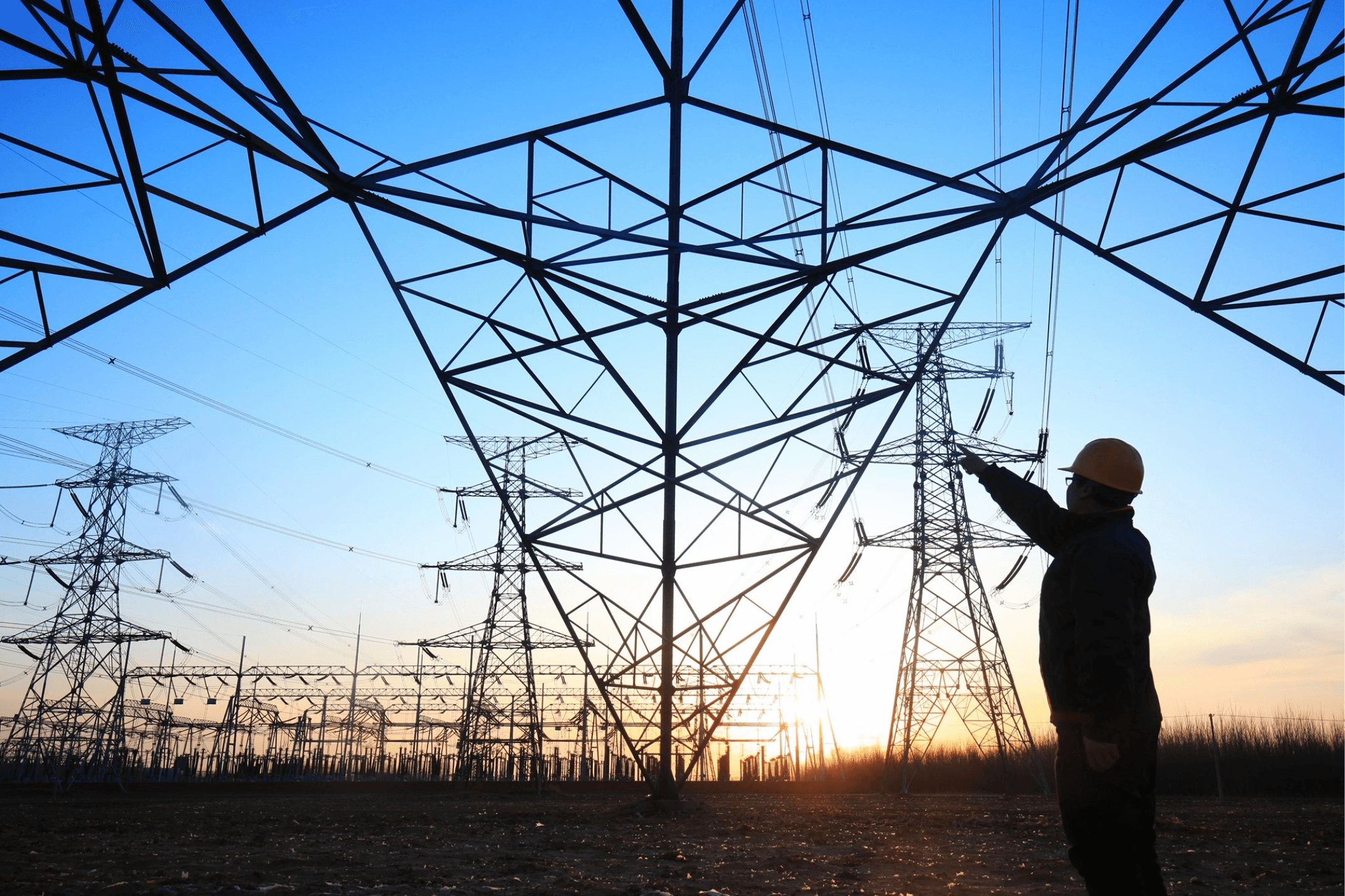Our Impact

Making a Difference
At GreenEngineering, we've helped reduce global carbon emissions by over 50 million tons through our innovative sustainable solutions.
Learn about our impact
At GreenEngineering, we've helped reduce global carbon emissions by over 50 million tons through our innovative sustainable solutions.
Learn about our impactGet it right, and you’ll have a reliable, future-proof connection to the grid.

Planning a substation for a solar or wind project is one of the most critical stages of development. Get it right, and you’ll have a reliable, future-proof connection to the grid. Get it wrong, and you could face costly delays, redesigns, and connection headaches.
At Green Engineering, we’ve delivered substations for projects across the UK — and we’ve seen first-hand where projects can go off track. Here are the top five mistakes we see developers make, and how to avoid them.
The mistake: Many developers assume that grid connection is a quick process. In reality, securing and delivering a 33kV (or higher) connection can take months — sometimes years — due to design approvals, regulatory compliance, and utility coordination.
How to avoid it: Engage with your Independent Connection Provider (ICP) early in the process. At Green Engineering Ltd, we start by mapping out realistic lead times and liaising with the Distribution Network Operator (DNO) or National Grid to keep everything on track.
The mistake: Some projects focus heavily on turbines or solar arrays but only consider substation design late in the build. This often leads to compromises in location, layout, and integration — increasing costs and reducing efficiency.
How to avoid it: Plan the substation alongside generation assets from day one. This allows for optimal cable routing, suitable civil works, and space for future expansion.
The mistake: Failing to design to G99 and other regulatory standards from the outset can result in expensive redesigns and delayed energisation.
How to avoid it: Work with an experienced ICP who fully understands G99 compliance, earthing requirements, and the latest grid codes. At Green Engineering, we integrate compliance into the earliest stages of design — so there are no surprises later.
The mistake: Designing a substation that only meets today’s capacity means missing out on future revenue streams if you expand generation or add battery storage.
How to avoid it: Invest in futureproofed infrastructure — additional switchgear bays, spare cable ducts, and space for battery energy storage systems (BESS). It’s a fraction of the cost to add during construction compared to retrofitting later.
The mistake: Assuming that a “standard” substation design will work anywhere often leads to issues with ground conditions, access, or environmental constraints.
How to avoid it: Carry out thorough site surveys and tailor your civil, structural, and electrical design to the environment. We factor in everything — from soil resistivity for earthing, to crane access for heavy equipment lifts.
Substations are the silent enablers of renewable energy projects. Getting them right requires early planning, compliance expertise, and future-focused design. By avoiding these common mistakes, developers can save time, reduce costs, and deliver reliable connections that stand the test of time.
At Green Engineering, we provide end-to-end ICP services — from design and fabrication, to cable works, compliance studies, and commissioning. If you’re planning a renewable project, talk to our team and let’s get your connection right from the start.

13 October 2025

7 October 2025

1 October 2025
Interested in learning how we can help your business with sustainable energy solutions?
Contact Us